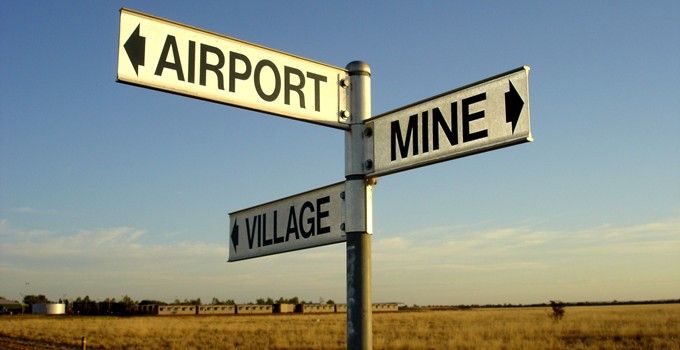Women in the Mining Industry: Lets talk!
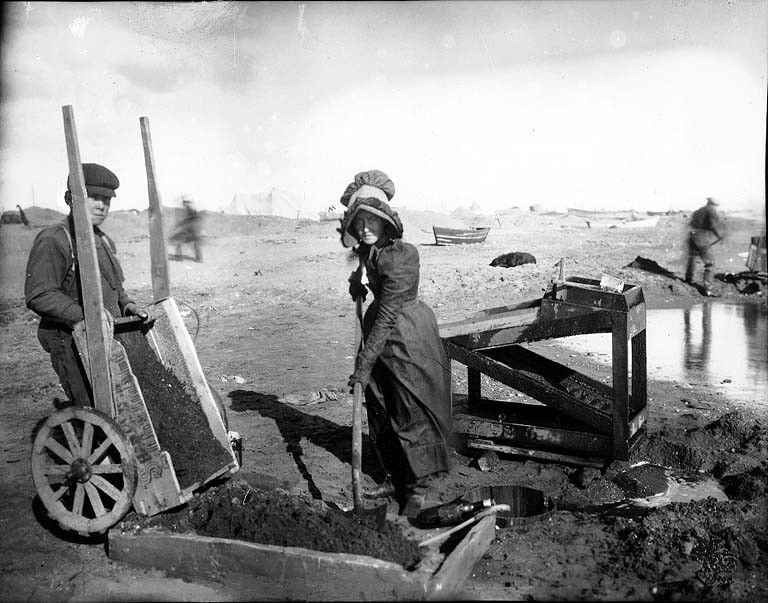

Now here is controversial topic, and one which I face daily in my workplace. The Mining Industry has always been male-dominated, regardless of where it is located, what commodity is being mined or the type of mine involved. There have been many positive steps which have helped to integrate women into the industry in recent times, but females continue to be under-represented and Mining is still largely 'a boys club'.
Everyone knows that in theory that gender diversity is good for the industry, but what is it about the sector that consistently prevents progress towards parity? What is it that prevents women from entering this workforce, and deters them from climbing the corporate ladder?

Work-life balance
is a large conversation point for most mine-site workers, and subsequently has been named by women across all sectors among a priority as their careers advance. With the restrictions imposed by FIFO work, remote locations and shift work - it becomes much more difficult to maintain this balance, than in corporate offices within the city and surrounds.
Workplace culture
in discretely may be creating up career-progression barriers for women. Women that I know and have spoken to, indicated that they found their workplace environment exclusive and that there were certain gender-specific barriers to them. But obviously their employers did not necessarily acknowledge these barriers or realise there existence. So, there is not only a gap when it comes to gender equality and diversity , but there is also a gap in perception of the existence of a problem for women in Mining Industry. While change is gradual, the industry is increasing the participation of women in mining, despite perceived exclusion.
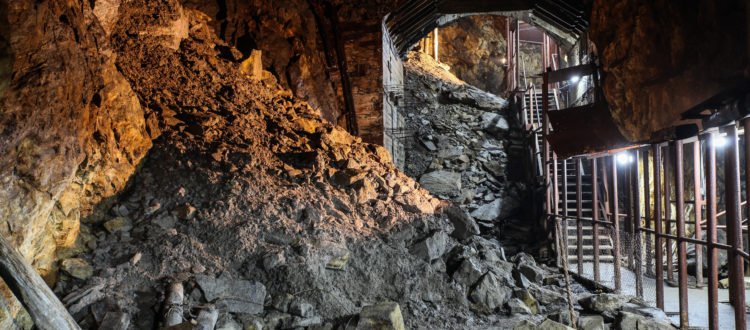
Gender Imbalance
Mining is, and for the most part has always been a male occupation, especially due to its core function of drilling into and moving rocks to the surface from various settings below ground. This imbalance seems logical, as generally mine work is quite strenuous. In conditions that aren't always hospitable - including cramped confined areas, humid and hot temperatures, surrounded by heavy machinery and equipment. In the past, this would have accounted for women not choosing a career in mining, but we are now in the 21st century... Now with more opportunity for females in the mining industry, this is producing a somewhat sexist attitude from some individuals. Similar to the reaction that male nurses and admin staff might receive.
The question then becomes - does the goal of opening up sectors to female participation then harm the female individuals who are offered jobs for an unintended purpose - just because that individual is a female?
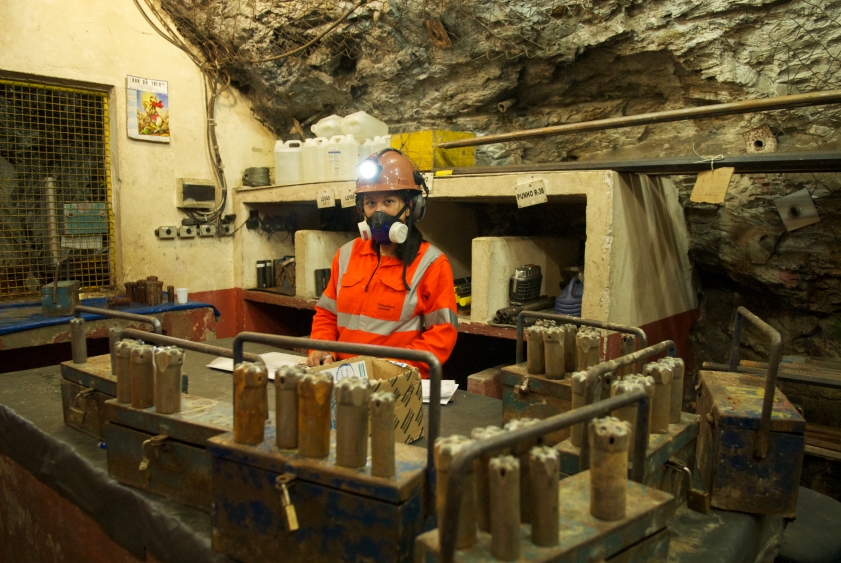
Physical (aerobic) Strength
This again is contentious, physiologically speaking, the physical work capacity of women has been shown to be up to 30% lower than that of men. This is directly measured by the maximum amount of oxygen intake possible to sustain high intensity work. Mining work, can often be high intensity physical labour dependant on the role assigned. To attain the same levels of productivity as men, women have to work far closer to their maximum possible oxygen intake than men. This in turn leads to far greater levels of fatigue in women, subsequently increasing the possibility of accidents and injury. This again is a point raised by many that I have directly spoken to - 'Fewer females are suited to the work, but if the individual has a 'passion' for the job then she will be able to do it'. But the underlying fact is that a woman needs more 'Passion' than a man does in this field.
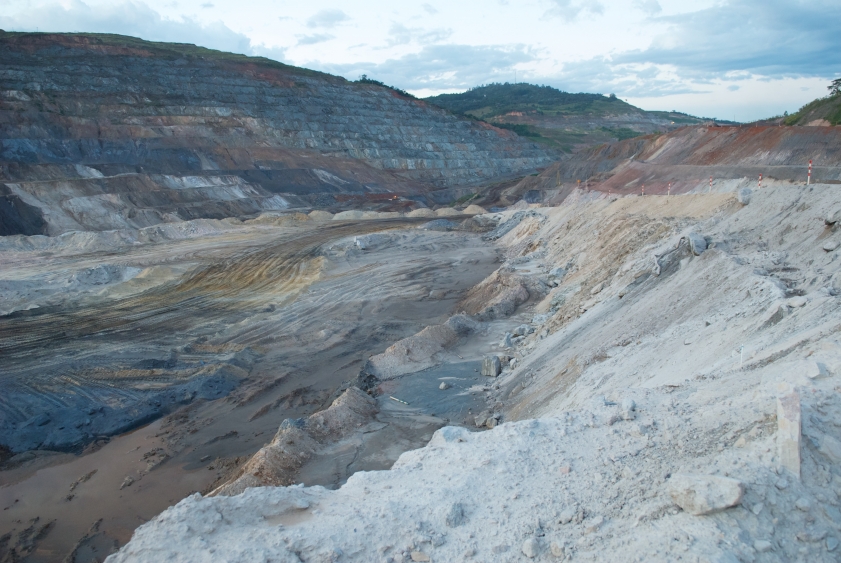
Personal Protective Equipment
This is definitely one that many don't think of, but I have had direct experience with incorrectly fitting PPE. Mines are inherently dangerous workplaces, by the nature of the work completed. Miners must wear a range of PPE including but not limited to - safety boots, long-sleeved shirts, hearing protection, safety glasses, hard-hats, dust-masks, gloves and sometimes overalls. In particular, overalls pose an inconvenience to women with a one-piece design. When a female employee wishes to go to the bathroom, then the whole garment must be removed - surely a two-piece design is attainable and definitely is more practical.
Even the PPE provided by companies is not adequate and doesn't provide a great enough range for all women's body shapes and sizes. There has been countless times, when I have ordered size 6 AU Womens shirts on the order form, but received size 8 on delivery. I know that size 6 shirts are available, as one previous employer had ordered them for me. Why is something that is so apparently simple, also so limited? We are shown videos on how to correct fit ear plugs and fit dust masks, but we are then provided with other PPE that fits incorrectly? Seems counter-productive.
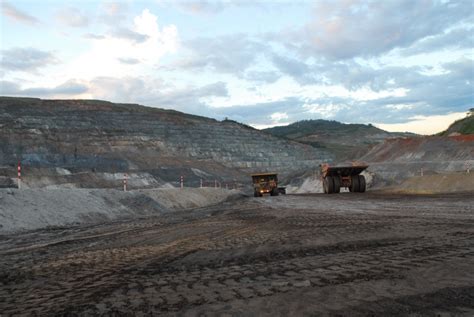
General Mining Equipment Design
Drills and other equipment are very heavy, historically designed for manipulation by men (yes... I said it). On average, women have about 50% of a male’s upper body strength and three-quarters of a male’s leg strength. A woman’s lifting strength is therefore, two thirds that of a man’s physiologically speaking. Men are also taller than women, on average. And then everything ranging from spades to drills is thus a bit too long for average female employees to safely utilise. This also includes, Light Vehicle trays - safe lifting heights are generally no higher than shoulder-height for the individual. Consequently, unless equipment is significantly redesigned, it is to be expected that greater muscular and skeletal strain and possibly injury may result from women using this machinery.
Ergonomic redesign and mass supply of new equipment, however, has financial repercussions that may be difficult to bear in an environment of low resource prices.
Reproductive Health
Mines are no places for pregnant women, especially those operating heavy machinery. This is why pregnant women are often moved to positions requiring light-duties only, to perform work there. However, since this risk of a foetus detaching from the uterus is highest during the first trimester of a pregnancy, the damage may already be done before an employee knows that she was pregnant. One response by mining employers was to recruit women who are not of child-bearing age, this fact again carries with it the serious limitation that older employees, are generally, not as strong, and again provides a further means of stereotyping. There are also waivers, for female operators in shovels, graders and dozers to sign. As the vibrations again, pose a risk to their fertility.
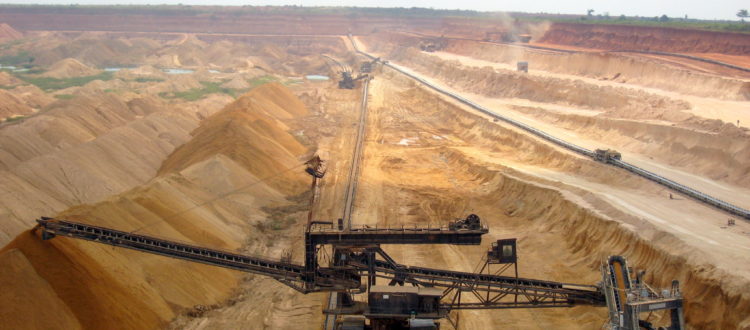
Social Expectation to Submit to Work
It appears that, even for entry level jobs women are given preference over equally situated men. With mine sites actively seeking, training, recruiting and preferring female employees (this is true, as company KPI's are often focused on the hiring and retention of female employees).
Historic, patriarchal attitudes excluded women from mining work in the past on the basis that this kind of work was not suited to their gender. Women who wished to work in this sector were thus discriminatorily kept out. The recent push for transformation has seen mines place a premium on female employees. The unfortunate reality could result in yet another task is added to a females list: mother, domestic cook, cleaner and a miner? How is a female able to juggle all these titles without the correct support at home? We need to keep moving further away from the stereotypes of society, so that the lines of patriarchy and matriarchy are blurred more and more. We are all equal (maybe not in physical, mental or emotional design) in our abilities to do any job that we each set our minds to - regardless of gender or other variables.
